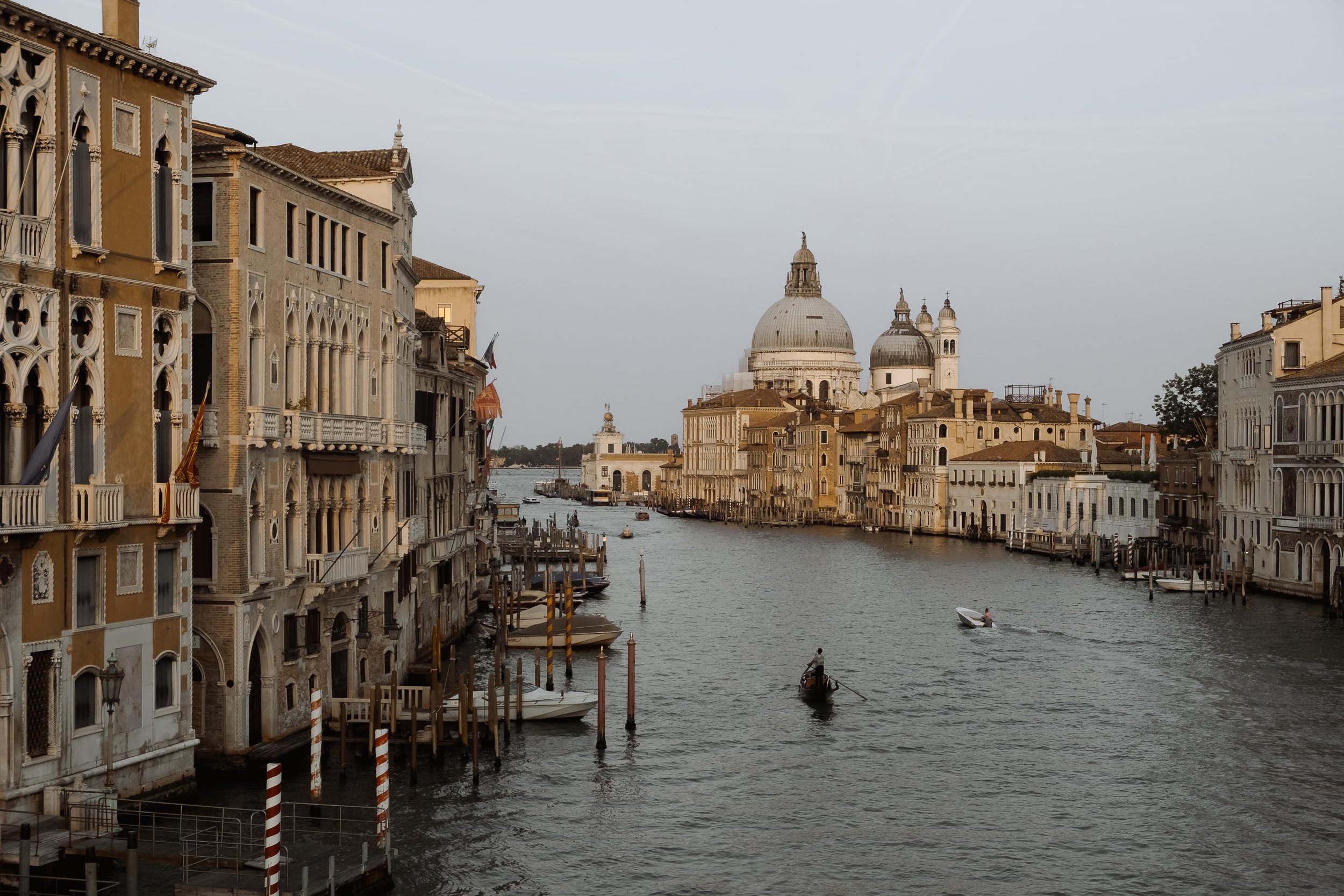Stories
Here you’ll find all of my stories categorized by region. Stories about major cities, including Rome, Milan and Naples, are grouped separately. Can’t find what you’re looking for? Try searching here or contact me.
A clock gone mad: Rome's ever-misleading timepiece
In 1847, Pope Pius IX introduced the 'Cannone del Mezzogiorno' to synchronize clocks and church bells in Rome. However, the 'Crazy Clock' on the Palazzo del Monte di Pietà still shows the wrong time. The watchmaker allegedly sabotaged it over a payment dispute, resulting in its perpetual inaccuracy. Despite having multiple mechanisms, it has never displayed the correct time.
Cannone del Mezzogiorno: church bells and cannon fire
Rome boasts nearly 1,000 churches, making it the city with the most churches globally. However, this abundance posed a challenge in synchronizing church bells. To address this, Pope Pius IX introduced the Cannone del Mezzogiorno in 1847, firing a cannon at noon to standardize time. This tradition continues today, with the cannon now located at Gianicolo. The tradition adds to the charm of Rome.
Museo della Forma Urbis: discover the marble map of ancient Rome
Are you exploring a new city? Then, chances are you're using a mobile app or a traditional folded map to find your way around. Whether digital or paper, maps have become an integral part of our daily lives. We've grown so accustomed to using them …
Area Sacra di Largo Argentina: holy site, murder scene and cat sanctuary
The Area Sacra di Largo Argentina, near the Pantheon, features the remains of four Roman temples and is known for its cat sanctuary. Recently opened to the public, it offers a glimpse into its rich history as part of the Campus Martius floodplain. Temples were built for various deities, and the site is historically significant for Julius Caesar's assassination in 44 BC.
Porta Magica: learn how to turn base metals into gold
Near Termini station lies the Porta Magica, a 17th-century relic tied to alchemy. Once part of Villa Palombara, it features symbols left by alchemist Giuseppe Francesco Borri, who allegedly found a way to turn metals into gold. Though now fenced off, the gate remains a mysterious monument in Piazza Vittorio, inviting curious visitors to decode its secrets.









